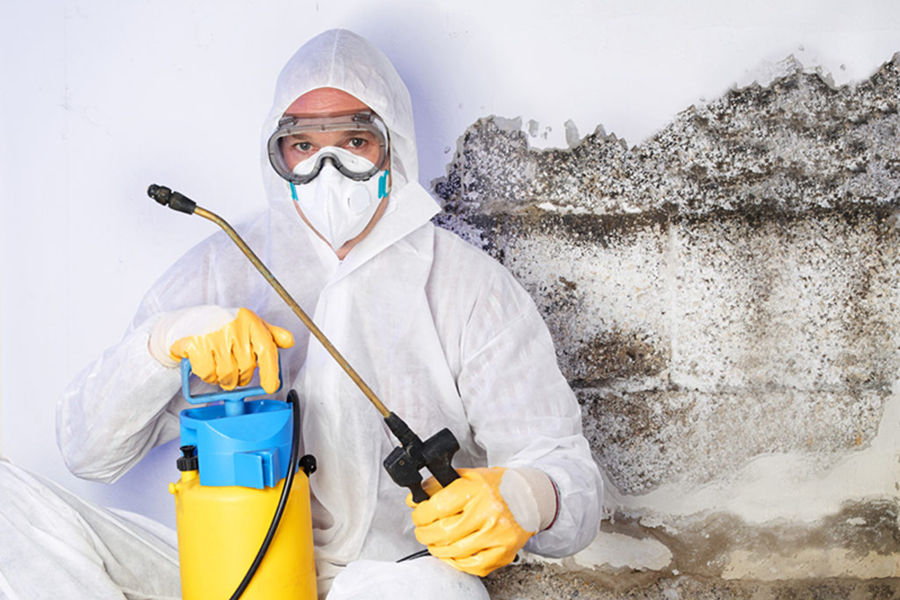What Are the Problems With Water Damage Restoration?
Water damage can be a nightmare for homeowners and businesses alike. Whether it’s caused by a burst pipe, a leaking roof, or a natural disaster, the consequences of water damage can be devastating. While water damage restoration professionals work tirelessly to mitigate the effects of water damage, there are several challenges they face in the process. In this article, we will explore the problems associated with water damage restoration and the difficulties encountered by those who undertake this crucial task.
One of the primary challenges of Bryter Water Damage Restoration is the speed at which action must be taken. When water infiltrates a property, it starts to seep into every available space, causing structural damage and promoting the growth of mold and mildew. The longer water sits untreated, the more extensive the damage becomes, making it imperative to act swiftly. However, the rapid response required can be difficult to achieve, especially in large-scale disasters when restoration companies may be overwhelmed with a high volume of calls for assistance.
Another obstacle faced during water damage restoration is the complexity of the process. Every water damage incident is unique, and the restoration process must be tailored to the specific circumstances. Determining the extent of the damage, identifying hidden pockets of moisture, and assessing the risk of secondary issues such as mold growth all require expertise and experience. Restoration professionals must possess a deep understanding of building structures, materials, and potential hazards to ensure an effective and safe restoration.
Mold growth is a significant concern in water-damaged properties, posing health risks and further damaging the structure. Moisture-laden environments create an ideal breeding ground for mold spores to proliferate. The problem is compounded when water damage goes unnoticed or untreated for an extended period. Restoration experts must not only remove visible mold but also employ specialized techniques to eliminate hidden mold colonies and prevent future growth. Failure to address mold adequately can result in recurring issues and health complications for occupants.
Inadequate drying is another prevalent issue in water damage restoration. Simply removing visible water is not enough; thorough drying is essential to prevent further damage. Moisture can penetrate porous materials such as drywall, wood, and carpeting, leading to warping, swelling, and rot. Achieving proper drying requires advanced equipment, including dehumidifiers, air movers, and moisture meters, as well as the knowledge to deploy these tools effectively. Incomplete drying can result in long-term structural issues and the need for costly repairs down the line.
One significant challenge that restoration professionals often encounter is dealing with contaminated water sources. Water damage is classified into three categories based on the level of contamination. Category 1 refers to clean water from sources such as broken pipes or supply lines, while Category 2 involves gray water containing contaminants like washing machine overflow or dishwasher leaks. Category 3, also known as black water, is the most hazardous, containing sewage, chemicals, or bacteria. Restoring properties affected by Category 2 or 3 water requires additional precautions, including proper personal protective equipment and thorough disinfection procedures.
Coordinating with insurance companies is another hurdle in the water damage restoration process. Navigating the intricacies of insurance policies, filing claims, and negotiating settlements can be time-consuming and complicated. Restoration professionals must be well-versed in insurance procedures to assist clients effectively. Additionally, delays in insurance approvals or disputes over coverage can hinder the restoration process, prolonging the occupants’ displacement and increasing the likelihood of further damage.
Lastly, the emotional toll of water damage cannot be overlooked. Homeowners and business owners often experience high levels of stress, anxiety, and uncertainty when faced with the aftermath of water damage. Personal belongings may be lost or damaged, cherished memories destroyed, and the disruption to daily life can be overwhelming. Restoration professionals must not only restore the physical aspects of a property but also provide empathy, support, and clear communication to help alleviate the emotional strain experienced by those affected.
In conclusion, water damage restoration presents several significant problems for both professionals and property owners. The urgency of response, the complexity of the process, the risks of mold growth, inadequate drying, dealing with contaminated water, insurance coordination, and the emotional impact are all challenges that must be addressed effectively. Overcoming these obstacles requires the expertise, experience, and dedication of skilled restoration professionals who can mitigate the damage, restore the property, and provide much-needed peace of mind during a distressing time.



